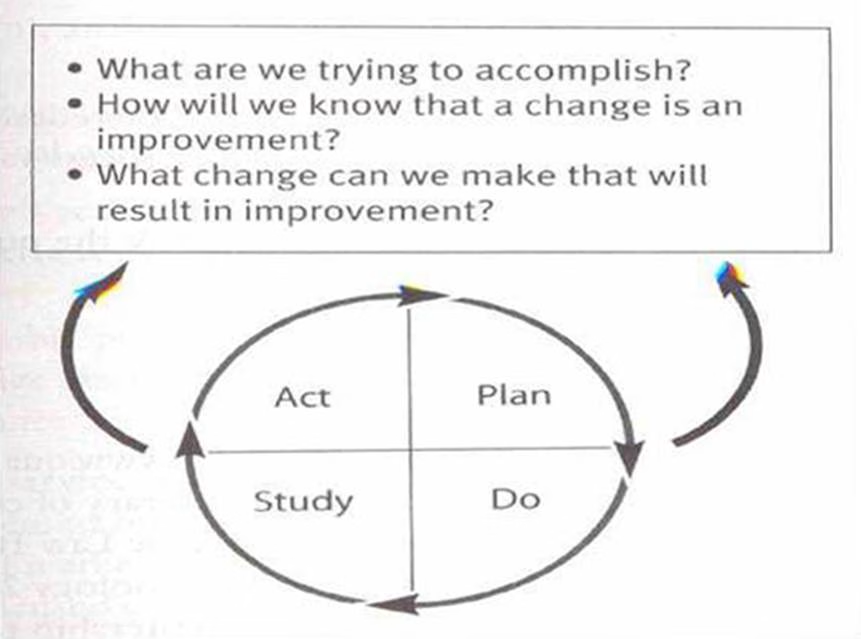NAHQ CPHQ NAHQ Certified Professional in Healthcare Quality Online Training
NAHQ CPHQ Online Training
The questions for CPHQ were last updated at Dec 13,2025.
- Exam Code: CPHQ
- Exam Name: NAHQ Certified Professional in Healthcare Quality
- Certification Provider: NAHQ
- Latest update: Dec 13,2025
Quality improvement approaches are derivatives and models of the ideas and theories developed by thought leaders and include all of the following EXCEPT:
- A . PDCA/PDSA
- B . ISO 2001
- C . Baldrige criteria
- D . Associate for process improvements
The following diagram shows:

- A . Baldrige criteria for improvement
- B . API Improvement model
- C . Quality improvement
- D . None of these
The Baldrige criteria were originally developed and applied to business; however, in 1997, healthcare-specific criteria were created to help healthcare organizations address challenges such as focusing on core competencies, introducing new technologies, reducing costs, communicating and sharing information electronically new alliance with healthcare providers, and maintaining market advantage. The Baldrige healthcare criteria are built on the set of interrelated core values and concepts.
Which of the following is NOT out of those values and concepts?
- A . Focus on the present
- B . Valuing of staff and partners
- C . Agility
- D . Visionary leadership
Baldrige’s scoring system is based on a __________point scale. Each of seven criteria is assigned maximum value ranging from 85 to 450 maximum points.
- A . 500 points
- B . 1000 point scale
- C . 2000 point scale
- D . 1500 point scale
The weight of scoring system is based on an emphasis Baldrige places on ___________ and an organization’s ability to demonstrate performance and improvement in the following areas:
Product and service outcomes
Customer-focused outcomes
Financial and market outcomes
Workforce-focused outcomes
Process effectiveness outcomes
Leadership outcomes
- A . Results
- B . Output
- C . System perspective
- D . Values
The focus of Lean methodology is a “ba to basics” approach that places the needs of customer first through five steps.
Which of the following is NOT out of those steps?
- A . Define value as determined by the customer
- B . Identify the value stream
- C . Make value identifying steps
- D . Let the customer pull the product
Although Lean thinking focuses on removing waste and improving flow, it also has some secondary effects such as:
- A . Quality is improved
- B . Simplification of processes results in less time in process
- C . Reduces the chances of damage
- D . All of these
Six sigma (3.4 defects per million) is a system for improvement developed over time by Hewlett-Paard, Motorola, General Electric, and others in the 1980s and 1990s.
The aim of six sigma is:
- A . To remove bloages in process
- B . To reduce variations (eliminate defects) in processes
- C . To counter the wastage of activities
- D . To control and analyze the related and unrelated activities
By using a set of statistical tools to understand the fluctuation of a process, management can predict the expected outcome of that process. If the outcome is not satisfactory, management can use associated tools to further understand the elements influencing that process. Six sigma includes process steps which are commonly known as ____________.
- A . DAMIC
- B . PDCA
- C . DAMIE
- D . PDSA
One of the difficult things about quality is explaining how _________ is different from a process or system.
- A . Tools
- B . Methods
- C . Control
- D . A and B are same
Latest CPHQ Dumps Valid Version with 201 Q&As
Latest And Valid Q&A | Instant Download | Once Fail, Full Refund

